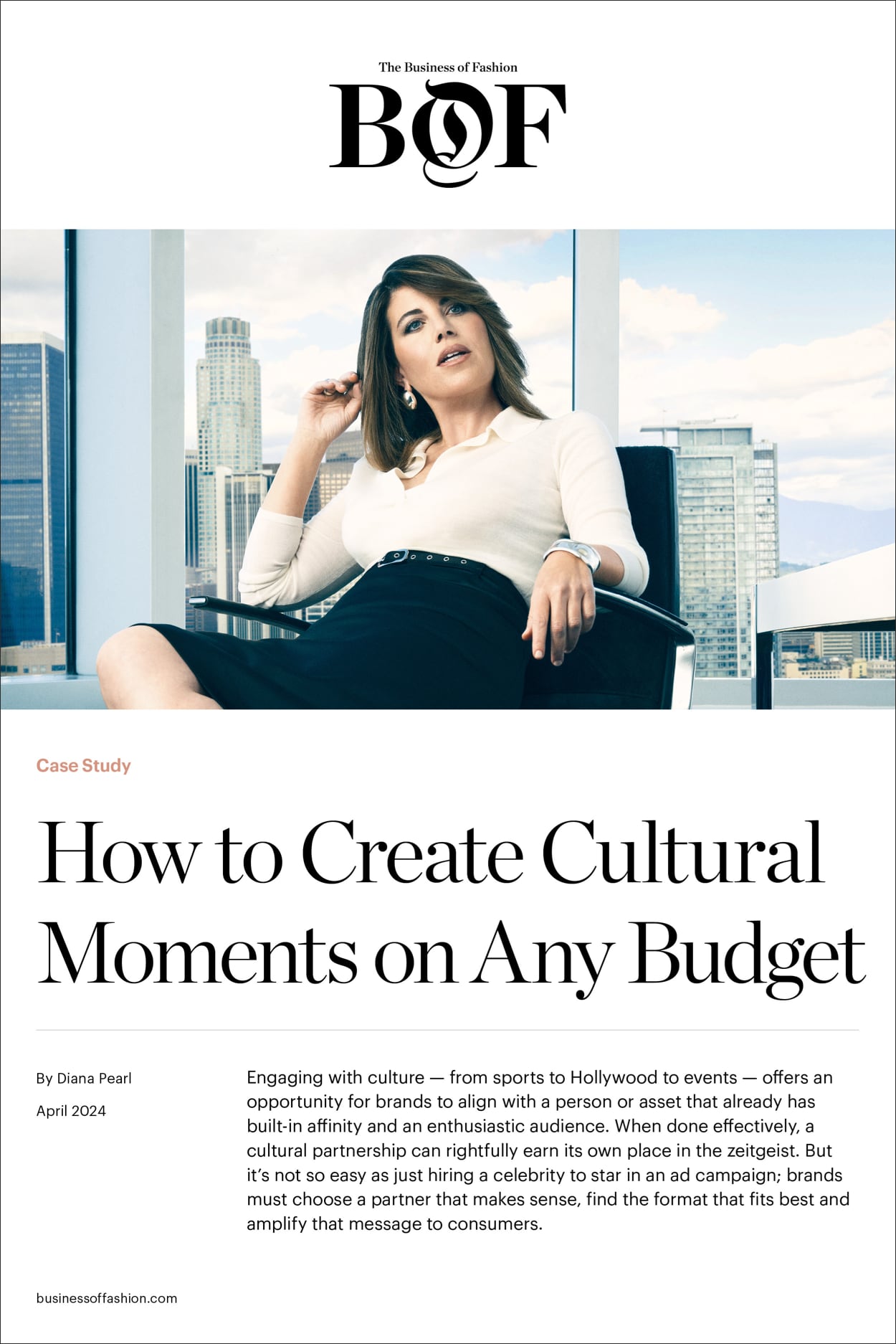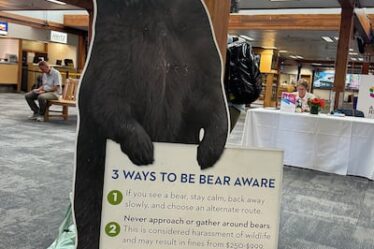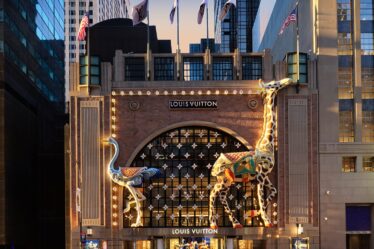
It was the ad heard round the world.
In the early days of January 2024, Calvin Klein launched its Spring campaign with a video starring actor Jeremy Allen White, clad only in the brand’s signature logo-ed boxers, doing pull-ups and climbing a ladder on a New York City rooftop. The impact was immediate and impossible to ignore.
On social media, feeds were flooded with reaction videos of slack-jawed people watching the ad, or gawking at a two-story billboard featuring White in New York City’s SoHo neighbourhood. The first post featuring White on Calvin Klein’s Instagram feed collected 1.8 million likes — for comparison, the preceding post had just shy of 34,000.
The ad went far beyond Calvin Klein’s Instagram account, running in paid social media ads, out-of-home placements across the globe, as well as on streaming platforms and in traditional media outlets. The brand also planned in advance for White’s first major appearance after the ads dropped: At the Golden Globe Awards two days later, when White took home the award for Best Actor in a TV Series, Musical or Comedy for his starring role in “The Bear,” he was clothed in head-to-toe Calvin Klein.
The ad did more than just get people talking: Calvin Klein saw a 30 percent year-over-year increase in underwear sales in the week after it launched. Within 48 hours, the campaign overall had reached $12.7 million in media impact value, a measure of the online buzz around a particular brand or campaign from performance measurement firm Launchmetrics. That number far surpassed other buzzy campaigns Launchmetrics tracked, including Bottega Veneta’s Pre-Spring 2024 campaign featuring paparazzi shots of Kendall Jenner and A$AP Rocky, which generated $2.8 million in the same time frame. Within a few weeks, Calvin Klein’s ad had become more than just marketing — it was a cultural phenomenon.
Every brand dreams of achieving what Calvin Klein did with its White campaign: creating a genuine cultural moment. Most marketing captures consumer attention for a few fleeting seconds by hopping on a trend or jumping into an ongoing discussion. But the best campaigns aspire to more than that. Their goal is to not just draft off the cultural conversation but to drive it. When these moments are executed well, they create culture rather than just responding to it.
But creating a cultural moment is, by definition, not easy. There are more channels than ever to reach consumers, from art to film to sports to social media, and more brands competing within them. In a fragmented media landscape, audiences have split into a constellation of niches, leaving fewer opportunities to capture the masses’ attention. Simply casting a beloved celebrity or coming up with a clever concept for an ad isn’t enough. Brands need to find the partnership that strikes the balance between perfectly fitting yet remaining unexpected. That could mean using an unexpected face for a campaign, or deploying a familiar one in a surprising way that breaks through the sea of other celebrity-driven marketing. Or it could mean releasing a product collaboration with an under-the-radar television show that’s about to go big, or engaging with the right event.
“Brands really have to acknowledge that there isn’t a mass media monoculture anymore that’s driving those big moments,” said Ellie Bamford, the North America chief strategy officer at advertising company VML. “You have to go in and find them yourself.” This case study breaks down the strategy that goes into creating a cultural moment that stands out, captures consumer attention and leads to a meaningful lift for a brand, whether in sales or affinity — and whether you have Calvin Klein’s budget or not. Along with insights from Calvin Klein, American Eagle and Reformation, there are lessons from smaller players such as activewear label Castore and fragrance brand Brown Girl Jane.
By the end, you’ll gain a better understanding of how to identify the right cultural figure or asset for your brand to partner with, the right channel to bring your partnership to life, how to promote that partnership to consumers and how to measure its impact.



